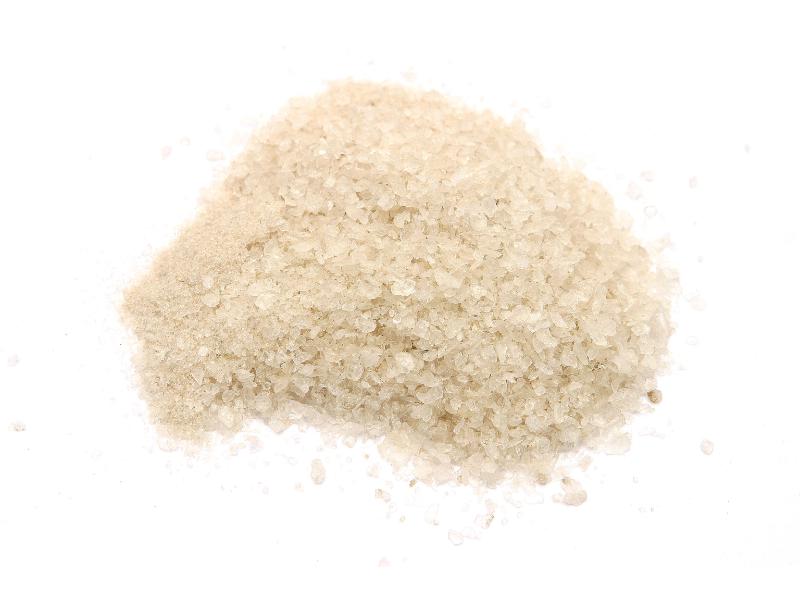Search in medicinals
Borneolum
Borneol
冰片 〔冰片〕 bīng piàn

Alternate Chinese names: 梅片 méi piàn;龙脑 lóng nǎo; 片脑 piàn nǎo; 冰片脑 bīng piàn nǎo; 梅冰 méi bīng; 梅花脑 méi huā nǎo; 梅花片脑 méi huā piàn nǎo; 梅花脑子 méi huā nǎo zǐ
Kingdom: Plant
Origin in PRC Pharmacopoeia: Dryobalanops aromatica Gaertn. f.; Blumea balsamifera DC. (PRC Pharmacopoeia)
Origin in unofficial sources: Dryobalanops aromatica Gaertn. f.
Use: Medicinal
Category: Orifice-opening agents
Properties: Acrid, bitter; slightly cold.
Channel entry: Heart, spleen, and lung channels.
Actions and indications:
- Opens the orifices and arouses the spirit: Clouded spirit in block patterns.
- Clears heat and relieves pain: Painful swollen throat;
mouth sores ; red swollen painful eyes; toxin swelling ofsore s. - Modern applications: Bīng piàn is prepared as a solution that is used as ear drops for the treatment of acute or chronic pyrogenic otitis media. It is also used in the treatment of coronary heart disease, angina pectoris, and toothache. Natural bīng piàn is made from a tree exudate, but most bīng piàn used today is synthetic. The natural form is often referred to as 梅片 méi piàn; it is preferred for internal use but is very expensive. Synthetic borneol is inexpensive.
Dosage and method: Oral: 0.03–1g, to be taken in pills and powders; it is not suitable for decoction. It is also commonly used externally.
Warnings: Contraindicated in pregnancy and in qì vacuity or blood vacuity.
Product description: The processed the tree resin of Dryobalanops aromatica (called Borneo camphor, Malay camphor or Sumatra camphor) takes the form of semitranslucent crystal in lumps 1–7 mm in diameter and about 1 mm thick, and white to pale brown in color. It is cool to the taste and melts slowly in the mouth.
Quality: Fresh-smelling white borneol that is soft in texture and comes in large pieces is best.
Production area: Guǎngdōng, Guǎngxī.
Etymology: Bīng piàn 冰片, literally ice pieces,
reflects the diaphanous appearance of this item, and probably the cool taste in the mouth that it produces. The alternate name lóng nǎo 龙脑, dragon's brain,
reflects its high value.